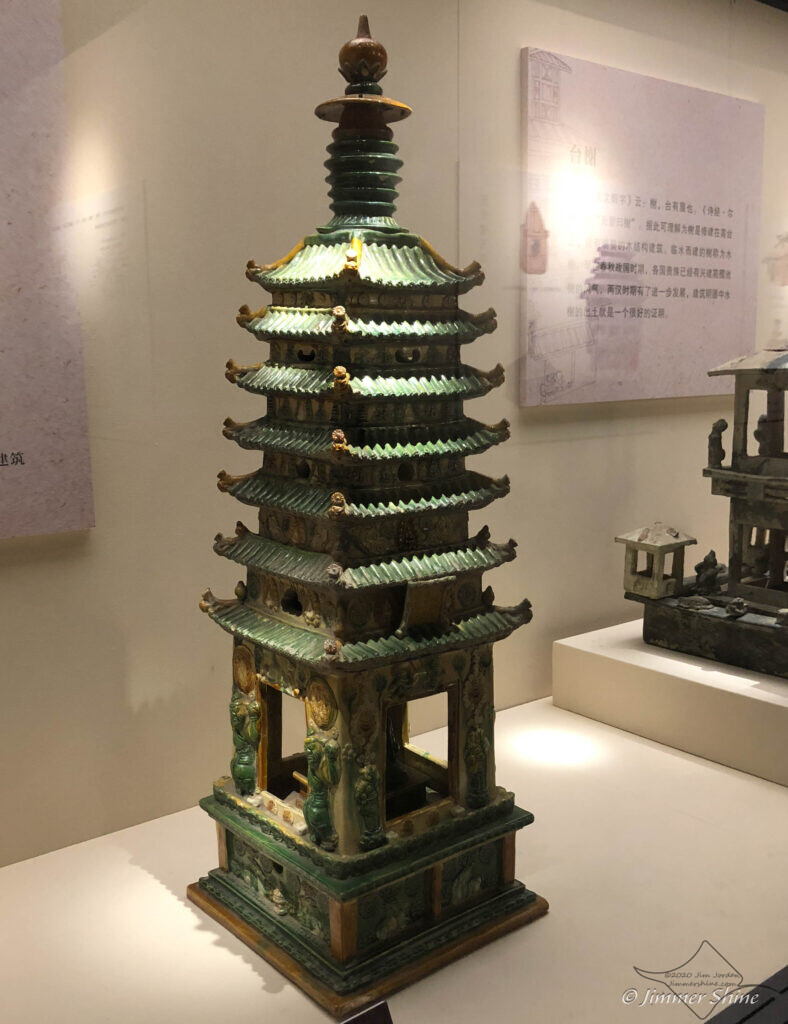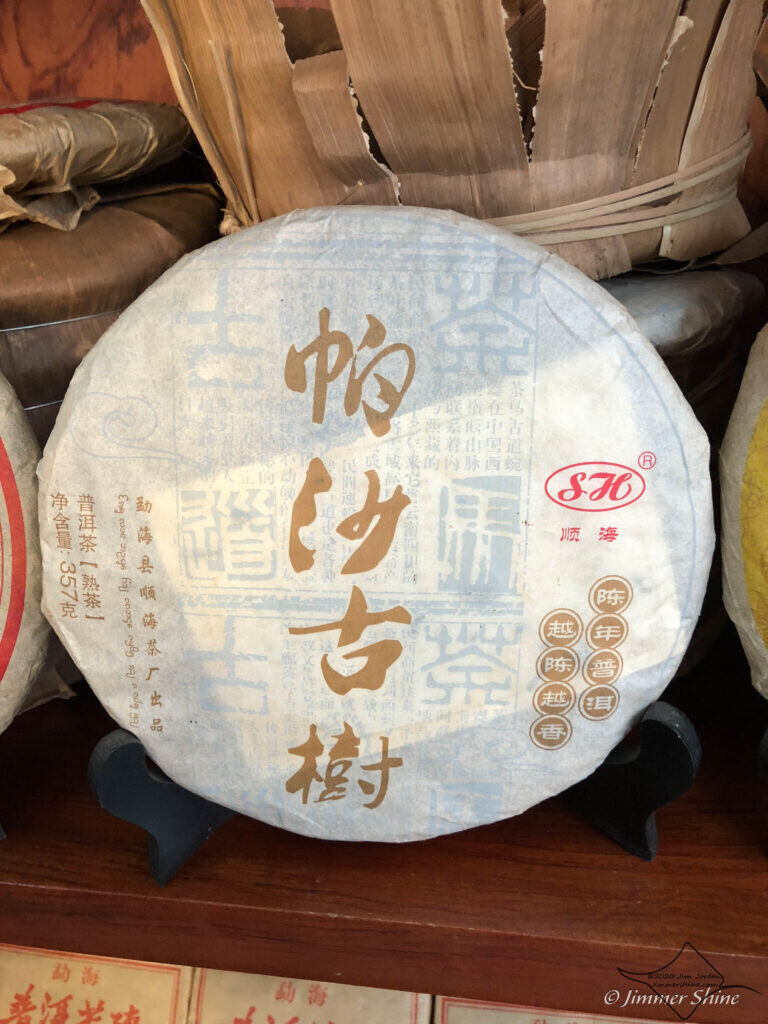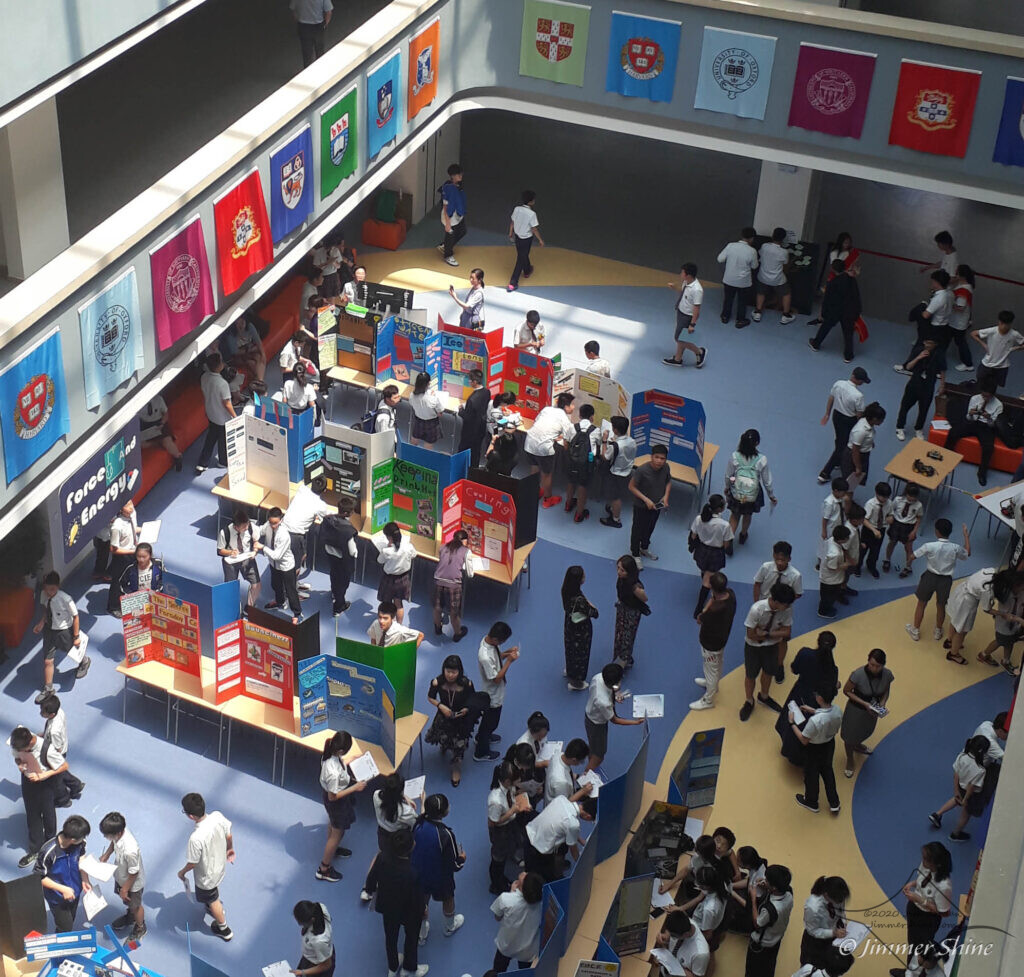
Into the Next Book
Now I’m writing the introduction to what it was like to leave the nation I’d lived for about seven and a half years during the Covid epidemic’s breakout.
China was where it began. That’s not in question. Nor is it an issue to me beyond the fact that I was a resident of China at that time, so I was near some of the early real social earthquakes as they happened, and some of what I’m writing in this book is about that. There was real loss for me in those early months. It was hard. I became alone in China, when I had not been, before.
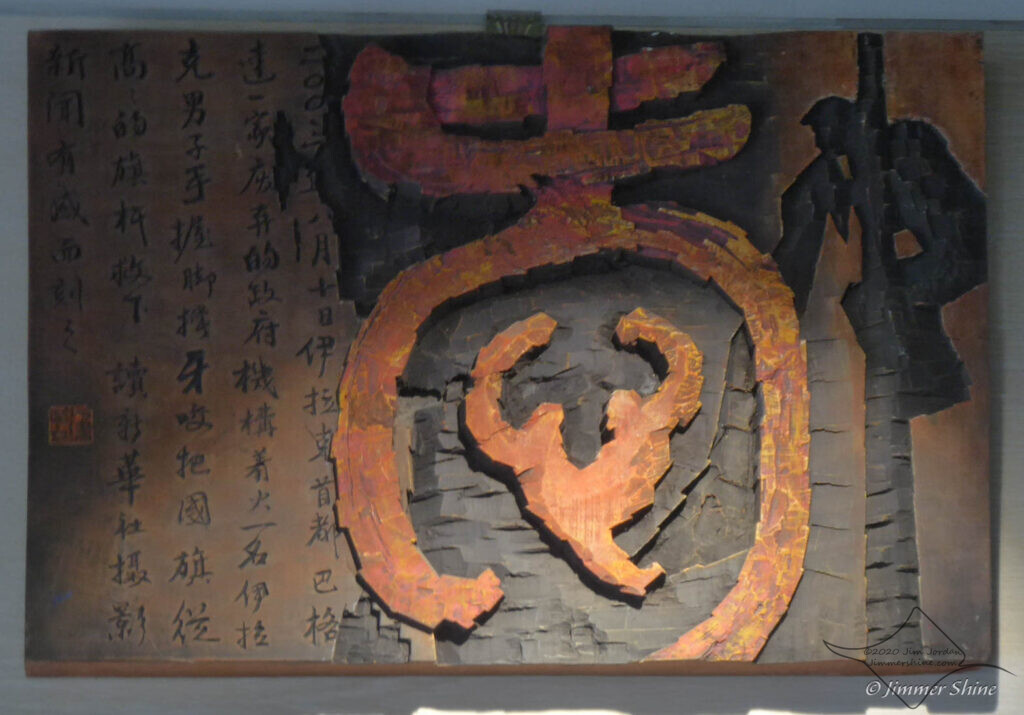
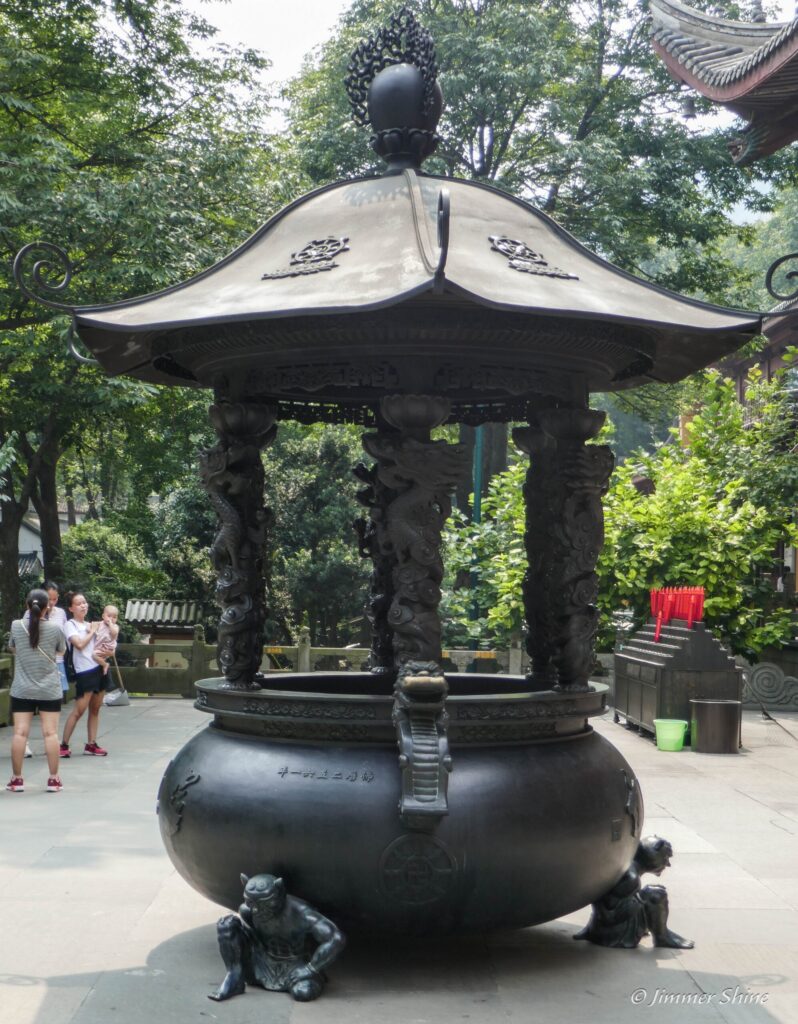
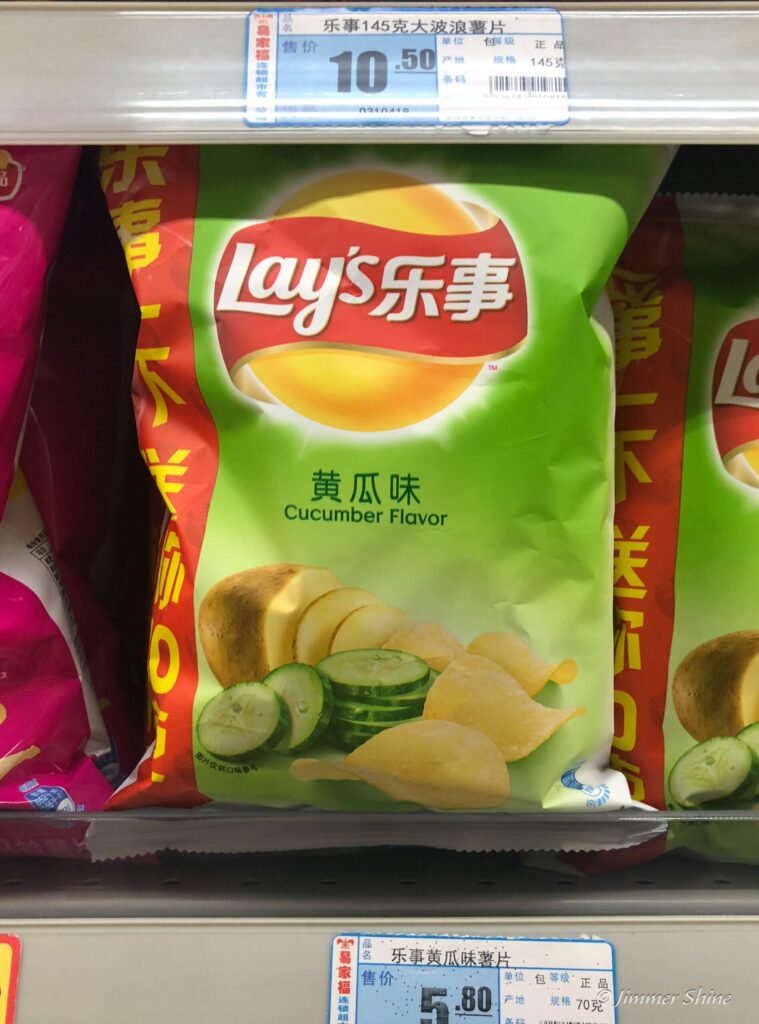
I’ll be leaving some parts out of this story, for levity, and with respect to other people’s privacy. I’ll do my best to not use individual people’s names, and I’ll obscure faces if appropriate, for the sake of consideration around student and friendly relationships, since I’m dealing with an international subject. When I took most of my photographs, I wasn’t thinking so much about how I would later be sharing them. They were inspired flashes, designed to capture the moment, so that I might review them later, as any happy-go-lucky tourist might, as my life had become something of a permanent tour, guided by jobs, a profession. I felt very lucky, still do, to have been able to visit as many amazing places as I’ve been, set with time and a camera, such that I can share some of those places with you here.
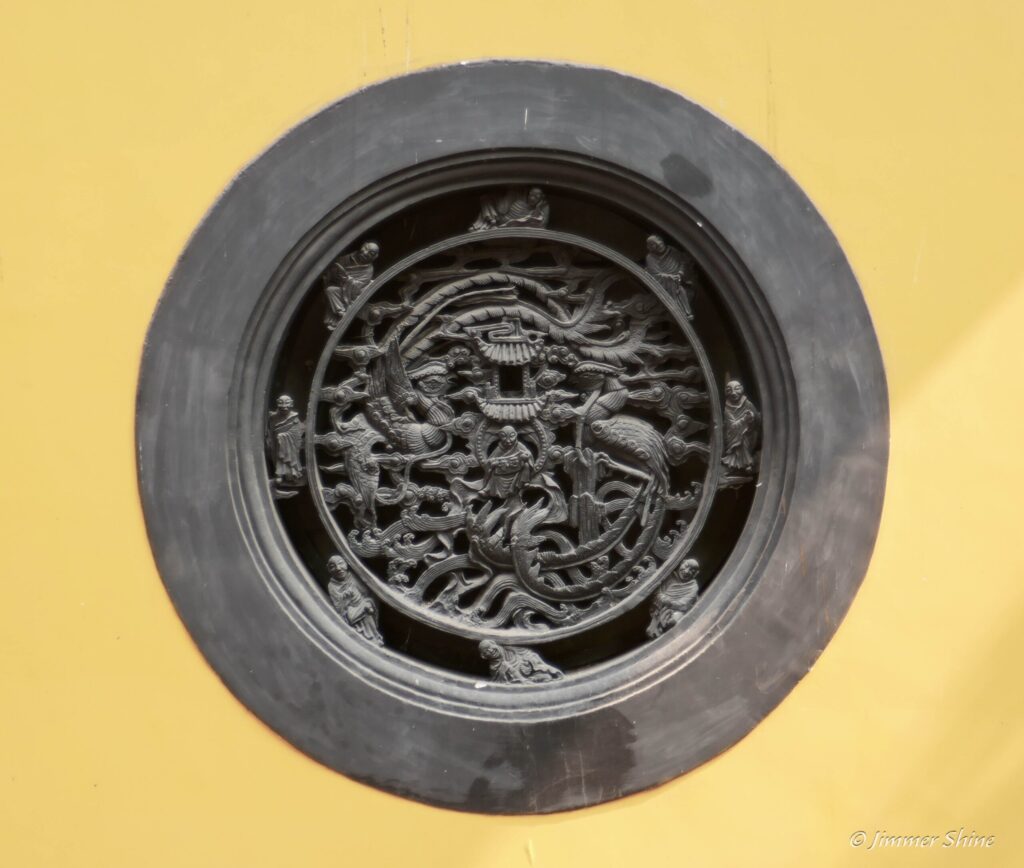
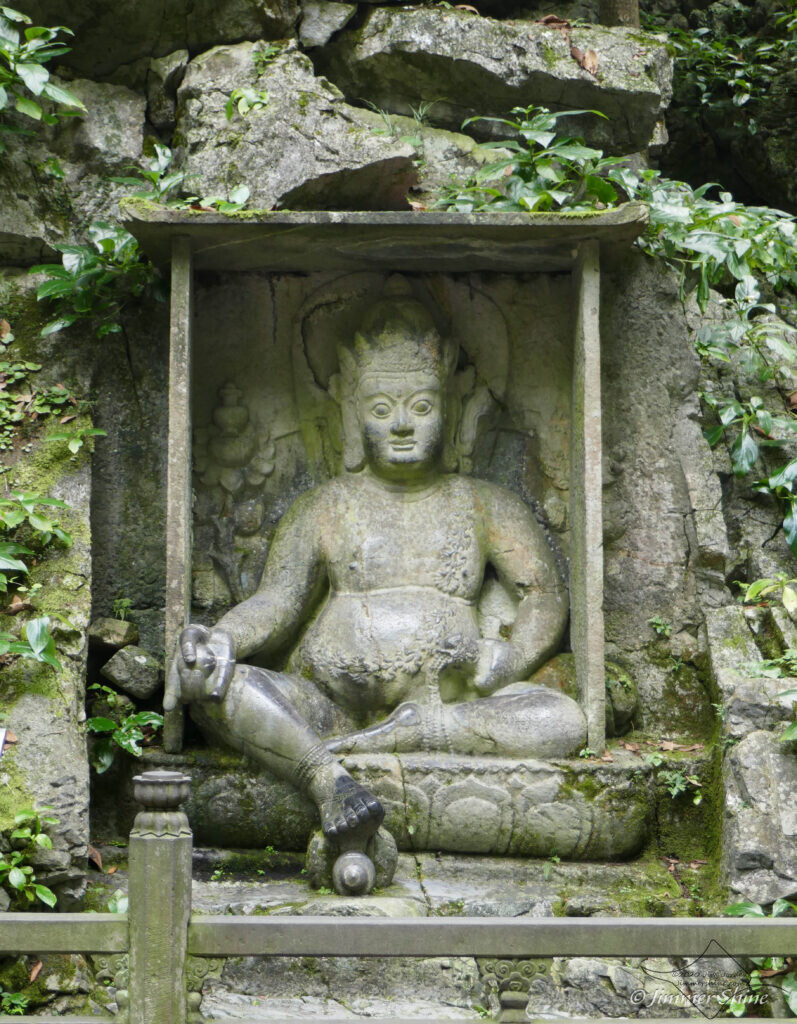
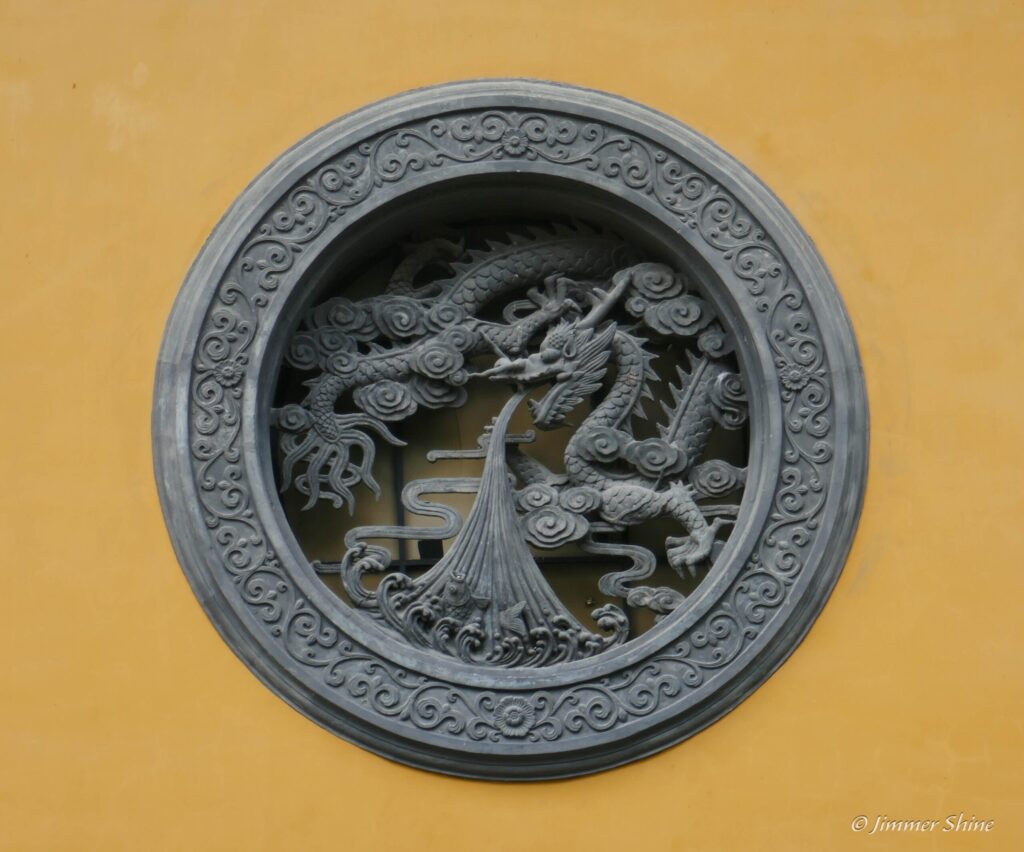
One place that’s in mind as I type the above words is the area of Hangzhou with carved Buddhas throughout. It has been one of the great sculpted mountains since the tenth century, when a famous monk was buried there. It is a wooded park these days, with signage at a respectful distance, allowing for flowing creeks and birds to glide between the hills and meandering guests like myself and the friend I was with that day.
Built along a broader, but similar timeframe is another area I’ll be showcasing that you’ve likely heard of before: The Shaolin Temple. Having visited twice on day-trips, I was able to have a variety of experiences, since my travel partners on each trip were vastly different people and as such, I was moving at a different speed each time, though in the same area. It is a place some people stay for months on end as guests, and it can provide an endless supply of input. It has been in constant upkeep for over a thousand years, after all. Before the project of creating this book, I’ve never looked at the sets in parallel. Fun juxtaposition.
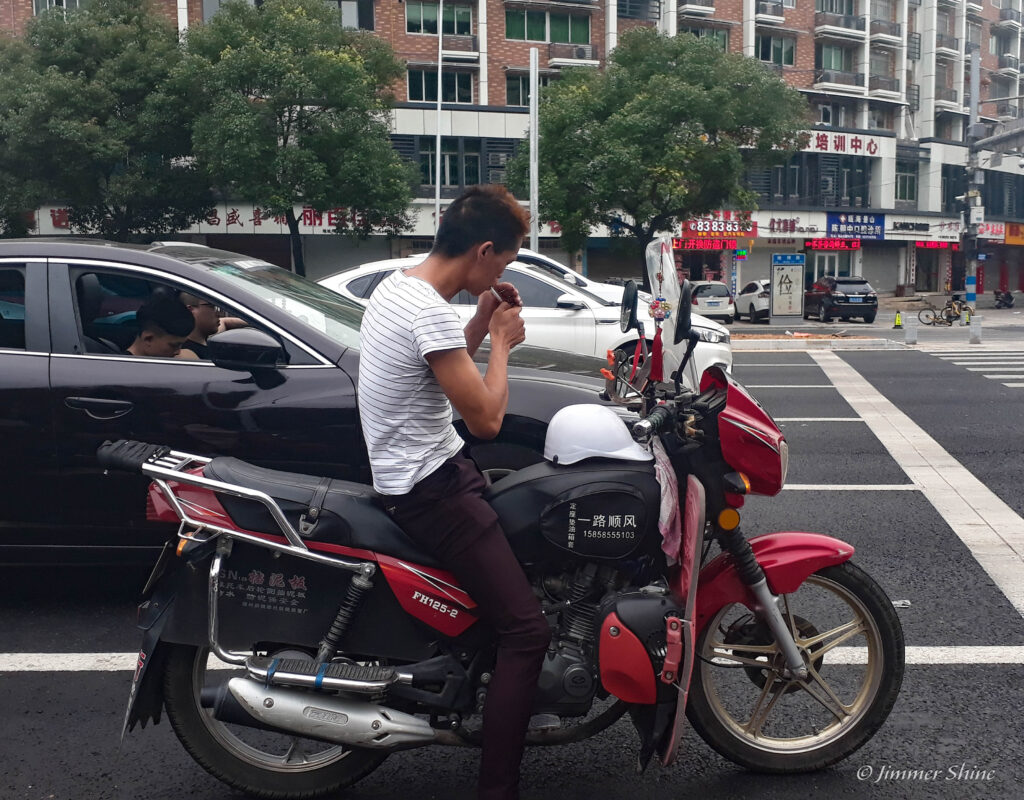
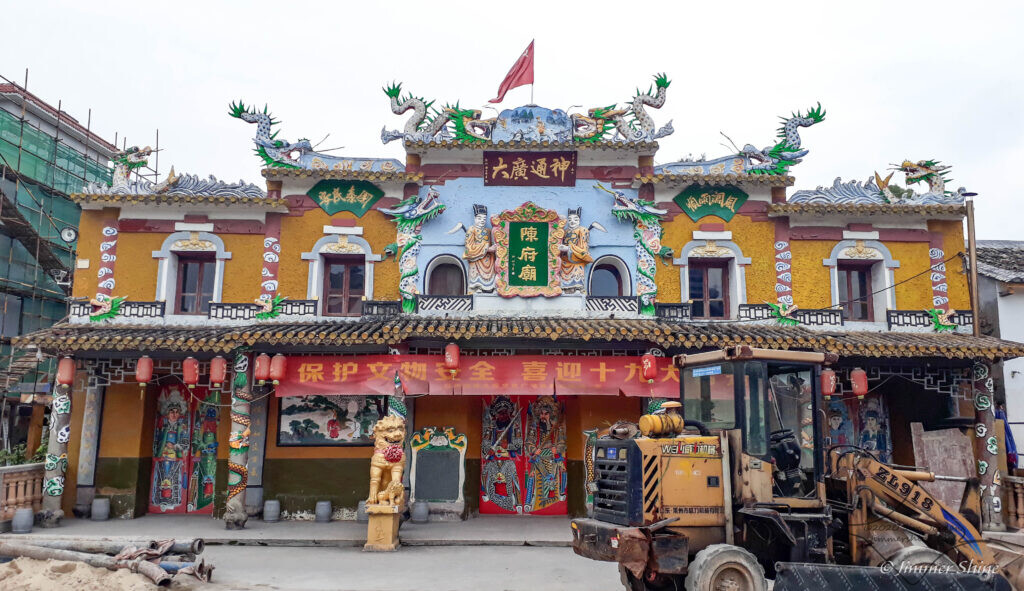
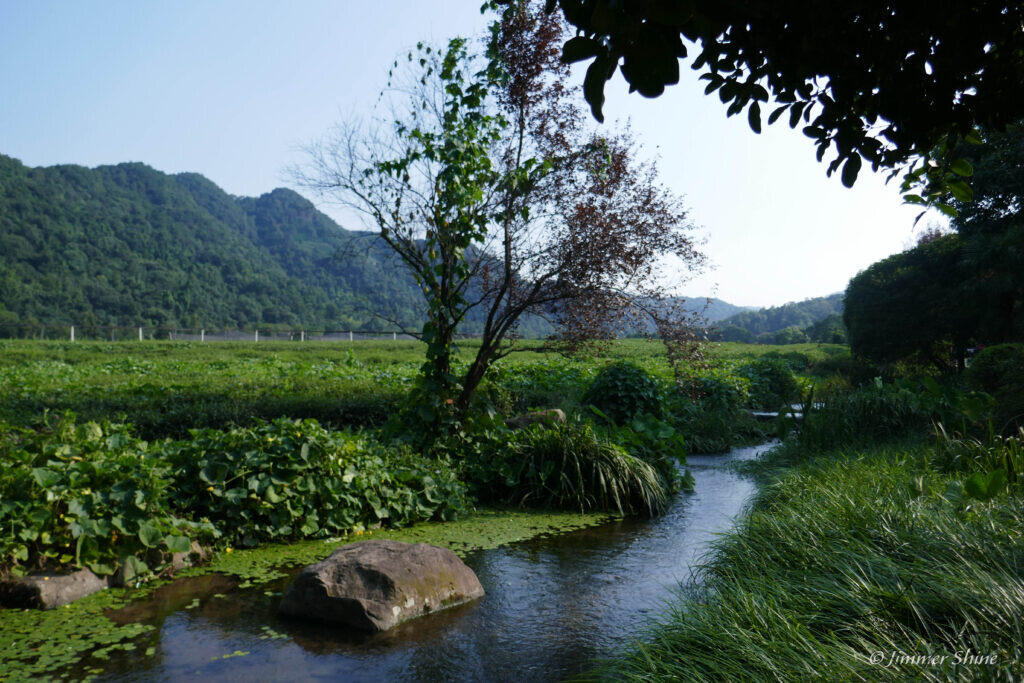
Just suppose I changed the subject to other sections I’m thinking about. Festivals, by three. Three amazing spaces of thinking that I have to hone into a size that won’t bloat the pages, but still provides a good cross-section of the events. A classical tea festival, celebrating the nation’s oldest yellow tea mountain; a Ten-Principles community that loves the way we roll; and science fairs and shows that students I know have shared, along with other holidays and festivals, Dragon Boat, and more.
And a broad paintbrush sharing a collection of old cities that I saw just before leaving that were Tibetan Buddhist, Muslim, Taoist and Han cultures mixed richly together, where I was able to have a taste of a kind of China that I hadn’t really experienced too much before. Great visuals. The colors and contrasts were cleanly memorable, and I’m really glad I can share them.
As well, I’ll subset a few thematic sets for fun. Motorbikes and other assorted people-movers that turned my head. Portraits, of a sort. Doorlatches… Like on the cover. Just so cool as a theme, something we don’t do here so much. Signs and manhole covers that struck me. And of course, Tea Culture~ A section that you may recall from my earlier book, but this will cover a broader area, dissolving geography as a determinant for inclusion, but rather what drives the story…
